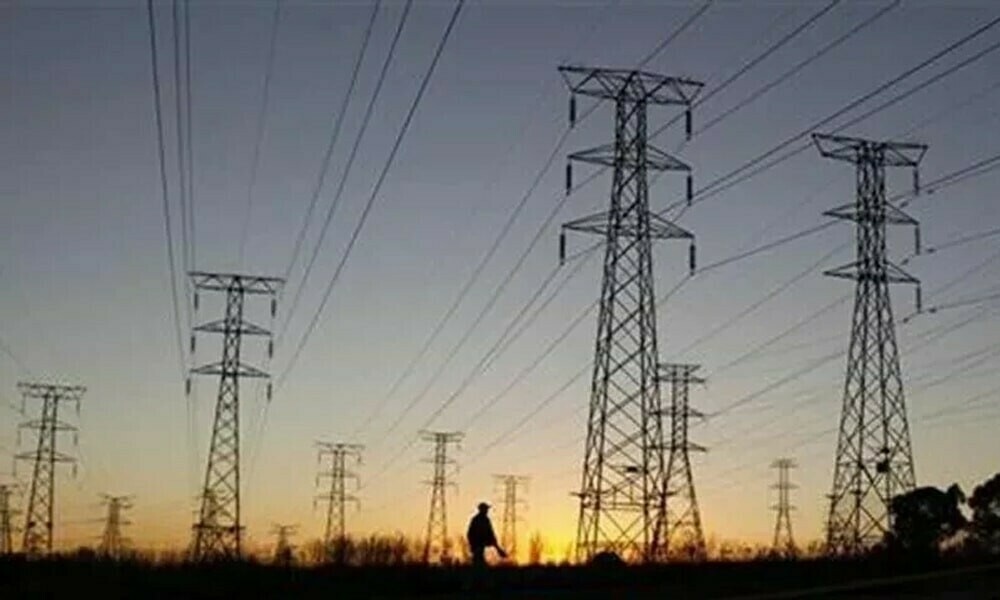In a welcome policy measure announced in July 2025, Pakistan’s federal government has initiated significant electricity tariff reforms aimed at reducing the financial burden on consumers. Approved by the National Electric Power Regulatory Authority (NEPRA) and effective from July 1, these reforms include a uniform Rs 1.15 per unit reduction in the base electricity tariff across virtually all consumers, alongside the abolition of electricity duty (ED) on bills a move aimed at greater transparency and simplify billing.
1. The Tariff Reduction: How Much Relief for Whom
NEPRA’s new approved base tariff for FY 2025‑26 lowers the national average electricity rate from Rs 32.73/kWh to Rs 31.59/kWh a decrease of Rs 1.14 per unit. This reduction translates into broad-based relief for domestic, agricultural, commercial, industrial, and bulk users.
Domestic consumers in protected slabs are expected to benefit as follows:
- Up to 50 units: Rate remains Rs 3.95 (unchanged)
- 51–100 units: Reduced to Rs 7.74 from Rs 11.69
- 101–200 units: Cut to Rs 13.01 from Rs 14.16
For higher consumption, each slab now bears a flat Rs 1.15 reduction compared to previous rates, resulting in savings of up to 10% for moderate users. Industrial, commercial, and non-protected consumers also receive a uniform per-unit cut, albeit of smaller percentage proportions.
2. Structural Reform: Banning Electricity Duty
Starting July 2025, the government has discontinued the Electricity Duty, a provincial tax previously charged on power consumption (typically between 1%–3%). This decision removes complexity from electricity bills and enhances transparency, allowing consumers to better understand and manage their electricity costs without hidden levies.
Leadership from the Power Ministry urges provincial governments to explore alternative avenues for collecting required taxes outside of power billing systems.
3. Financial Rationale and Funding Sources
Reduced subsidies and sector reforms underpin the tariff cut:
- Power sector subsidies have been systematically reduced as part of fiscal consolidation initiatives in line with IMF guidelines.
- Negotiated cost reductions with Independent Power Producers (IPPs) and lower fuel prices have enabled feasible tariff relief.
- A substantial Rs 247 billion in revenue and operational savings for FY 2025‑26 have supported the justification for lowering rates.
In Punjab, two wholly government-owned power generation companies have agreed to forgo approximately Rs 12–13 billion in profits, redirecting this amount to subsidize tariff reductions and relieve electricity costs nationwide.
4. What This Means for Consumers and Businesses
- Lifeline users continue to receive heavy protection while mid-tier consumers benefit noticeably.
- Commercial and industrial users gain marginal cost relief of around 3–4%, improving operating margins.
- Overall inflationary pressure diminishes, easing household budgets and softening production costs, which may encourage higher economic activity.
The rate stabilization also reassures investors and stakeholders that the tariff environment is becoming more predictable and fair.
5. Broader Energy Reform and Sustainability
Energy reforms form part of a wider vision that includes:
- Rapid renewable energy adoption, especially solar and wind generation.
- Integration of battery storage systems and innovative off-grid solutions.
- Contract renegotiations with energy producers to rationalize long-term power purchase rates.
- Alignment with the National Electricity Policy 2021, which promotes efficient tariff structures and competitive markets.
These measures aim to make the power sector more efficient and financially sustainable while protecting consumer interests.
6. Risks, Challenges, and Future Considerations
- A uniform tariff cut may still leave low-income households with limited relief if total consumption remains high.
- Dependency on continued fuel price drops is a key risk revenues may shrink if commodity prices rise.
- Stakeholders warn that contract renegotiations must avoid undermining investor confidence in renewable infrastructure development.
- Further adjustments, such as a proposed Rs 1.75/unit quarterly tariff cut, are under consideration but must be balanced against the sector’s revenue adequacy and debt dynamics.
7. Looking Ahead: Fiscal and Sector Outlook
The tariff cut signifies Pakistan’s broader energy strategy to combine fiscal prudence, structural reform, and consumer-friendly governance. As a component of the national ‘Uraan Pakistan’ transformation plan, it aligns with goals of economic stabilization, debt reduction, and private sector revitalization. Future steps may include:
- Continued tariff rationalization tied to real-time capacity payments and fuel costs
- Greater integration of solar and renewable energy into the national grid
- Introduction of transparent net metering frameworks to balance rooftop generation benefits
- Public dashboards allowing consumers to track tariff components and consumption patterns
Conclusion
The Rs 1.15 per unit reduction and the removal of electricity duty mark a decisive policy shift towards more affordable, transparent, and equitable power pricing in Pakistan. It provides immediate relief to consumers while reinforcing structural reforms intended to improve the long-term health of the power sector. With continued fiscal discipline and regulatory consistency, these measures could help transform energy affordability and reliability across Pakistan.
NEPRA’s approval and government support underscore a broader commitment to governance reform, reduced inflation, and improved public welfare marking a tangible step toward sustainable economic recovery.



Comments (0)
No comments yet. Be the first to comment!
Leave a Comment